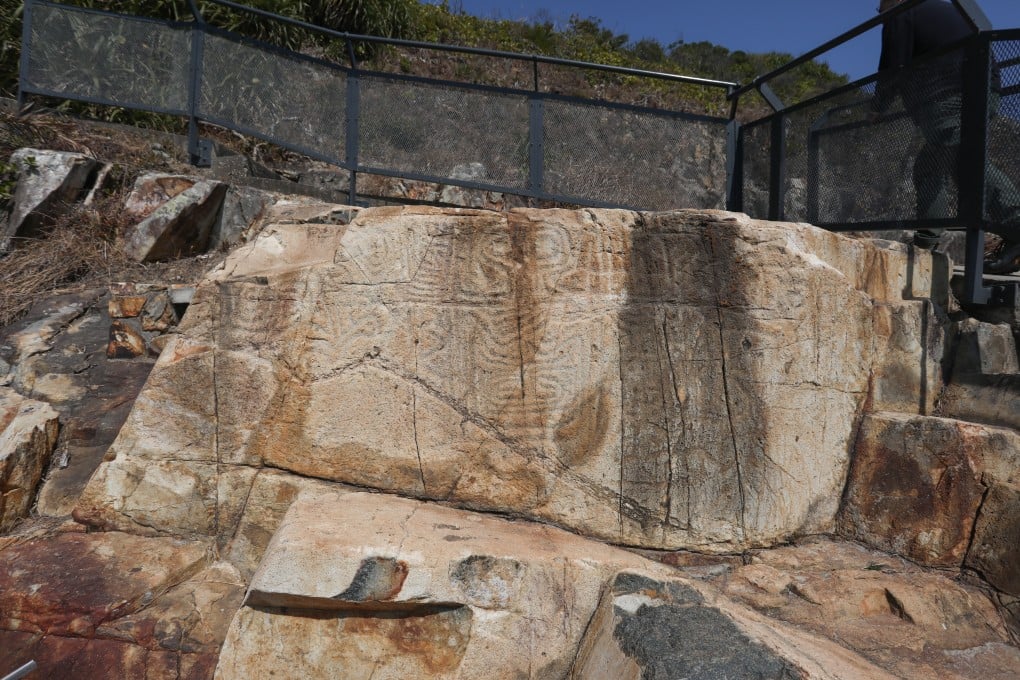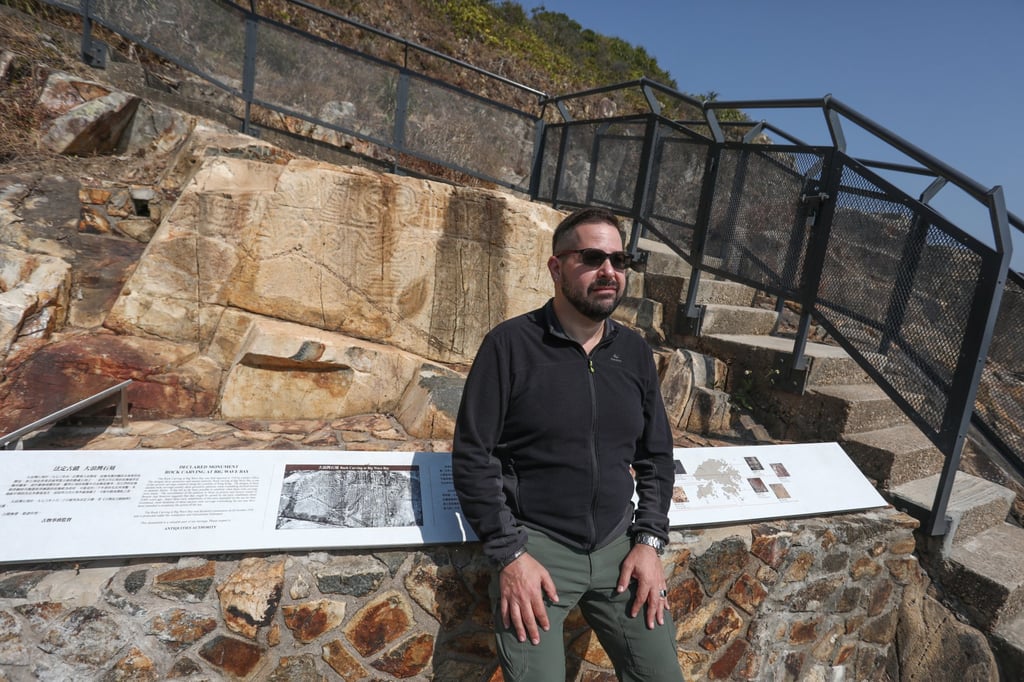A trek through Hong Kong’s Bronze Age history, visiting its ancient rock carvings
- Spread around the city’s coastlines, 3,000-year-old rock carvings are a tangible link to Hong Kong’s ancient inhabitants
- The geometric designs are thought to be tributes to the gods of the sea; some are easier to visit than others

In 2020, I visited all nine Bronze Age rock carvings in Hong Kong.
Besides working from home, like many in the city during the coronavirus pandemic, I spent most of last year hiking and exploring the far reaches of its territory.
I thought I knew Hong Kong fairly well after 20 years, but 2020 made me realise that I was wrong. It gave me the opportunity to make up for lost time. I roamed the rocky shores of Tung Ping Chau in the east, the Po Toi Islands in the south, had a staycation in Tai O on Lantau Island to the west and visited the mostly abandoned Hakka villages of Plover Cove Country Park in the north.
While I was on the move, I was inspired to embark on a quest to see all nine officially listed ancient Bronze Age rock carvings in Hong Kong.

These Bronze Age petroglyphs, or designs carved into rock, all feature swirling, geometric and zoometric patterns, mostly cut directly into coastal cliffs facing the sea. Thought to be about 3,000 years old, the designs were chipped into Hong Kong rock at the time of the Chinese Shang dynasty from 1600 – 1046BC or the Zhou dynasty that followed.